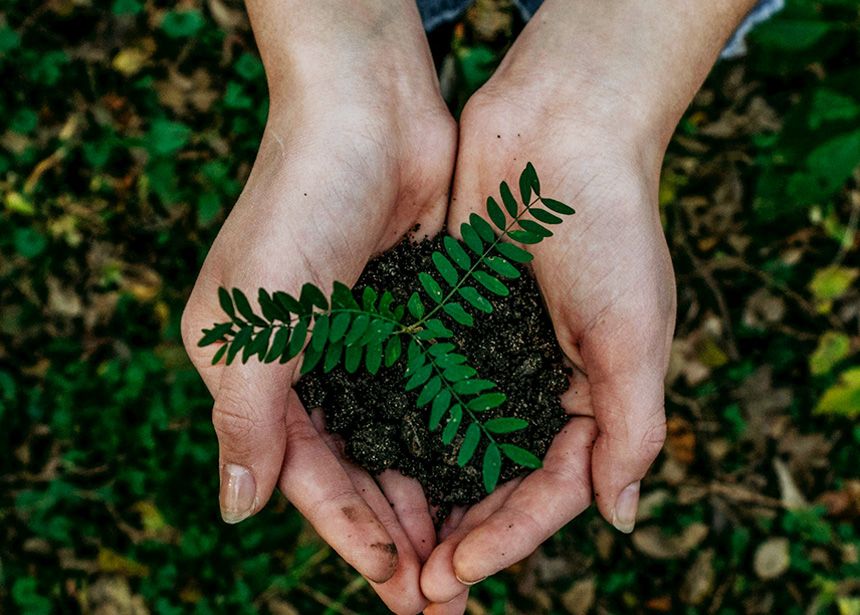The Link Between Plastic Pollution & Global Warming
Understanding Global Warming
Global warming is the gradual rise in Earth’s temperature, leading to stronger storms, rising sea levels, and shifting weather patterns. It’s caused by both natural and human-made factors, including the Greenhouse Effect, where gases like carbon dioxide (CO₂) and methane trap heat in the atmosphere.
How Plastics Contribute to Climate Change
Traditional plastics are made from fossil fuels, and their production, transportation, and disposal release greenhouse gases. Plastics that don’t degrade clog landfills, oceans, and natural spaces, where they remain for centuries, harming ecosystems.
A More Sustainable Solution
B2N® Back 2 Nature degradable plastics help mitigate plastic pollution by breaking down into biomass, CO₂, and water. Unlike conventional plastics, they leave behind no toxic microplastics and can even enrich soil and vegetation by becoming part of the natural cycle.
